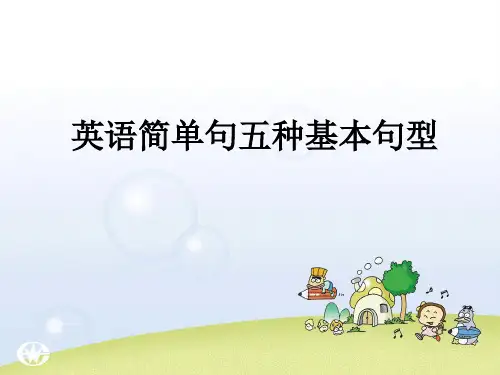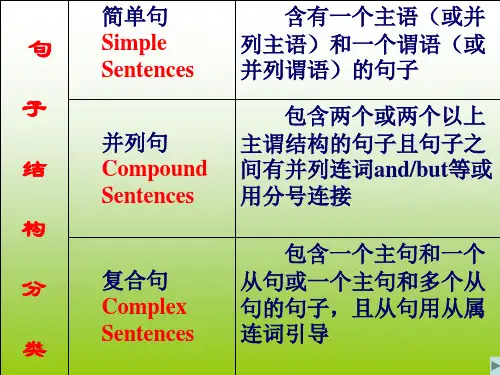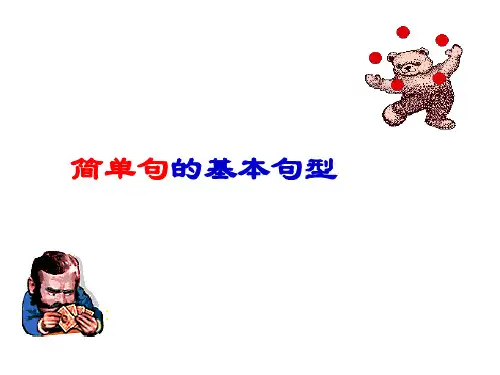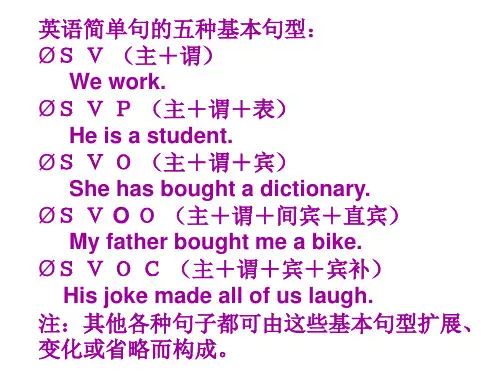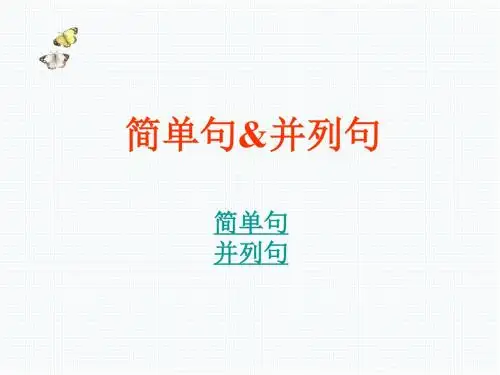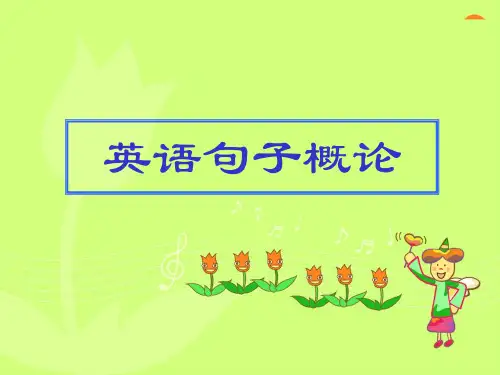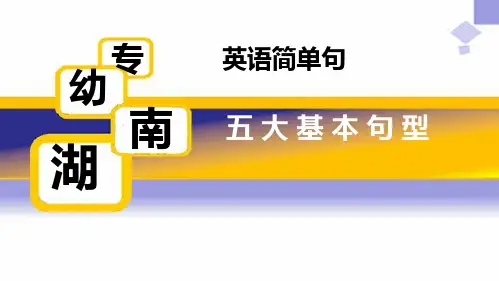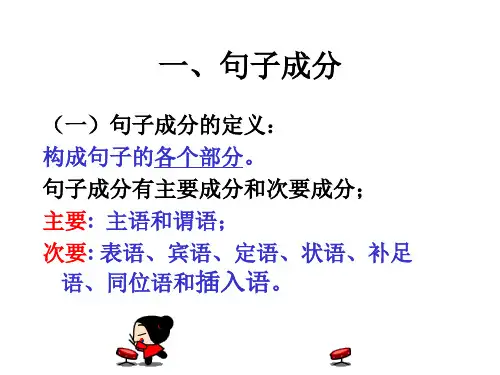用to侧重指动作的方向,表示朝着,向着,对着某人。 用for 侧重指动作的受益者,表示为了某人,替某人。 常跟双宾语的动词有: (需借助 to的)bring, give, lend, hand, offer, pass, pay,
promise, return, send, show, teach, tell, write, ask等 (需借助for的)buy, call, cook, choose, draw, find, get,
若要先说出直接宾语,后说间接宾语,则要借助与 介词to 或for。
He bought me a beautiful skirt.
He bought a beautiful skirt for me.
从使用情况来看,闭胸式的使用比较 广泛。 敞开式 盾构之 中有挤 压式盾 构、全 部敞开 式盾构 ,但在 近些年 的城市 地下工 程施工 中已很 少使用 ,在此 不再说 明。
make, order, sing等。
从使用情况来看,闭胸式的使用比较 广泛。 敞开式 盾构之 中有挤 压式盾 构、全 部敞开 式盾构 ,但在 近些年 的城市 地下工 程施工 中已很 少使用 ,在此 不再说 明。
基本句型 五
S +V +O +C(主+谓+宾+宾补)
此句型中谓语动词除了跟一个宾语外,还需跟一 个补充成分来不足宾语,才能使意思完整。
从使用情况来看,闭胸式的使用比较 广泛。 敞开式 盾构之 中有挤 压式盾 构、全 部敞开 式盾构 ,但在 近些年 的城市 地下工 程施工 中已很 少使用 ,在此 不再说 明。
注意:用 it 做形式宾语,而将真正的宾语放到 宾语补足语的后面,是英语常用句型。
即 主语 + 谓语 + it + 宾补 + 真正宾语。如, I found it very pleasant to be with your family. 常用于此句型的动词有:think, believe, consider, suppose, find, feel, make


